Home>Garden Essentials>Lawn Care: When To Fertilize
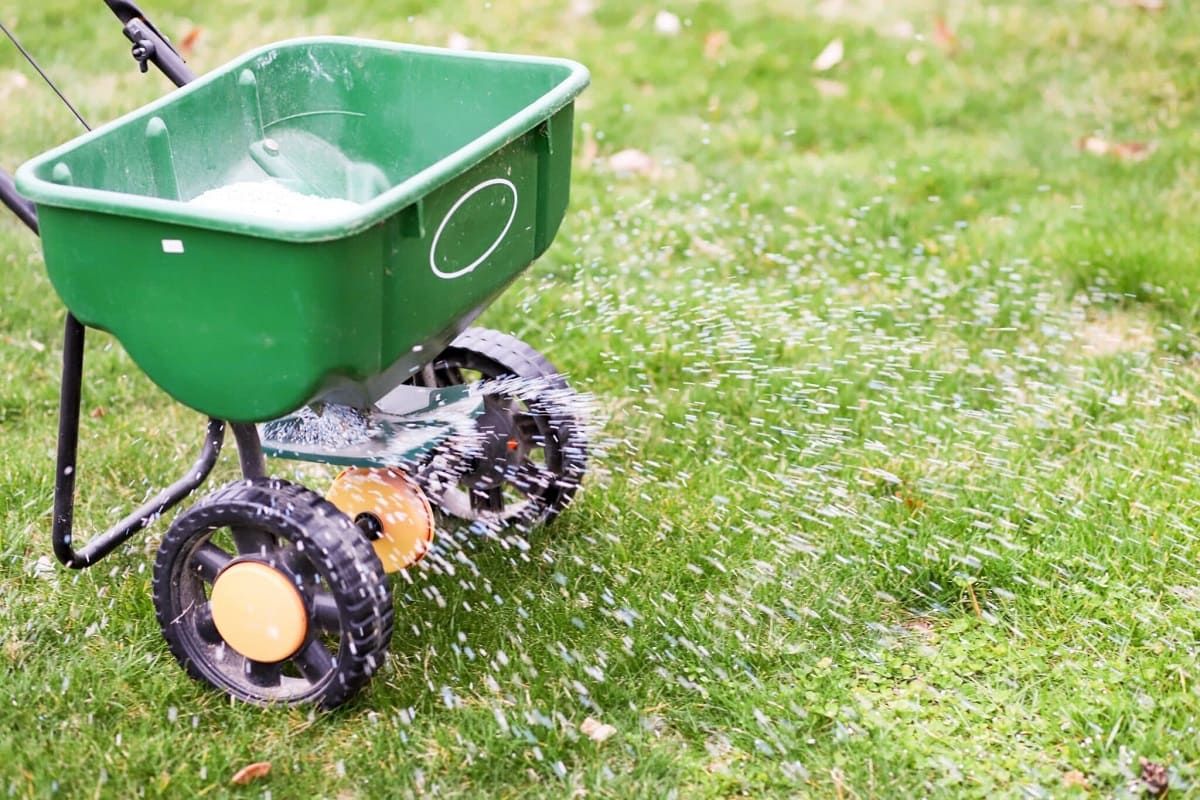

Garden Essentials
Lawn Care: When To Fertilize
Modified: October 19, 2024
Ensure a lush, vibrant garden with proper lawn care. Discover when to fertilize your garden for optimal growth and health.
(Many of the links in this article redirect to a specific reviewed product. Your purchase of these products through affiliate links helps to generate commission for Storables.com, at no extra cost. Learn more)
Introduction:
Having a lush and healthy lawn is a dream for many homeowners and garden enthusiasts. A well-maintained lawn not only enhances the beauty of your outdoor space but also provides a cozy and inviting atmosphere. One crucial aspect of lawn care is fertilization. Fertilizing your lawn regularly helps nourish the soil, improve grass growth, and prevent weed infestation.
However, knowing the right time to fertilize your lawn can be a bit confusing. Factors such as climate, grass type, soil condition, and the particular fertilizer you use all play a role in determining the ideal timing for fertilization. In this article, we will explore the best practices for fertilizing your lawn and help you understand when to fertilize for optimal results.
To ensure that your lawn thrives and stays healthy throughout the year, it’s vital to consider a few factors before applying fertilizer. By taking these factors into account, you can make informed decisions about when to fertilize and choose the right type of fertilizer for your lawn.
Firstly, consider the climate of your region. Different climates have various grass growth patterns, and understanding your climate will help you determine the appropriate fertilization schedule. Grass grows vigorously during the warm season in a predominantly warm climate, requiring regular fertilization. On the other hand, cool-season grasses found in regions with colder climates may require less frequent fertilization.
Next, take into account the type of grass you have in your lawn. Different grass species have distinct nutrient requirements and growth habits. Warm-season grasses, such as Bermuda grass and Zoysia grass, have peak growth during the summer months and need regular fertilization during this period. Cool-season grasses, such as Kentucky bluegrass and fescue, experience most of their growth in spring and fall, requiring fertilization during these seasons.
Soil condition is another crucial factor to consider. Conducting a soil test will help determine the nutrient levels and pH balance in your soil. This information will guide you in selecting the appropriate fertilizer and understanding if any specific nutrients are deficient in your soil. Adjusting the soil pH and replenishing nutrient levels through fertilization ensures that your lawn stays healthy and vibrant.
In the next section, we will delve into the different types of lawn fertilizers available and their specific benefits.
Key Takeaways:
- Fertilize your lawn in spring and fall based on your grass type and climate. Avoid over-fertilizing, and consider factors like soil condition and nutrient deficiencies for a healthy, vibrant lawn.
- Choose the right fertilizer type, apply evenly, and water after fertilizing. Look for signs like dull color and slow growth to know when your lawn needs fertilization.
Read more: When To Fertilize Florida Lawns
Factors to Consider Before Fertilizing:
Before applying fertilizer to your lawn, it’s essential to consider a few factors to ensure that you make informed decisions for the best results. Taking these factors into account will help you determine the right type of fertilizer, the correct application rates, and the optimal timing for fertilization.
1. Soil Test: Conducting a soil test is the first step you should take before fertilizing your lawn. A soil test will provide valuable information about the nutrient levels in your soil, as well as the pH balance. This information will guide you in selecting the appropriate fertilizer and determining if any specific nutrients are deficient in your soil. Soil tests can be done at home using soil testing kits or by sending samples to a professional lab for analysis.
2. Grass Type: Different grass species have varying nutrient requirements and growth habits. Warm-season grasses, such as Bermuda grass and Zoysia grass, have peak growth during the summer months and may require more frequent fertilization during this period. Cool-season grasses, such as Kentucky bluegrass and fescue, experience most of their growth in spring and fall, indicating the need for fertilization during these seasons. Understanding your grass type will help you determine the appropriate fertilization schedule.
3. Climate: The climate of your region plays a vital role in determining the timing and frequency of lawn fertilization. If you live in a predominantly warm climate, grass tends to grow vigorously during the warm season and may require regular feeding to support its growth. In colder climates, where the growing season is shorter, fertilization may be less frequent. Consider your climate to determine the optimal timing for fertilization.
4. Nutrient Requirements: Different fertilizers contain varying ratios of essential nutrients, including nitrogen, phosphorus, and potassium (NPK). Understanding the nutrient requirements of your lawn will help you select the right fertilizer for optimal growth. Nitrogen promotes leaf growth, phosphorus supports root development, and potassium aids in disease resistance and overall plant health. Refer to your soil test results to identify any nutrient deficiencies and choose a fertilizer that addresses those specific needs.
5. Environmental Factors: Consider environmental factors such as rainfall and irrigation when deciding the ideal time to fertilize. Applying fertilizer just before heavy rainfall may result in nutrient runoff, wasting the product and potentially polluting waterways. On the other hand, fertilizing during a drought or dry spell may not provide the desired results as the grass may lack sufficient moisture to absorb the nutrients effectively. Aim to fertilize when the weather forecast predicts light to moderate rainfall or irrigate your lawn before and after fertilization to ensure proper nutrient absorption.
By considering these factors before fertilizing your lawn, you can make informed decisions that will lead to healthy grass growth and a vibrant, well-maintained lawn. In the next section, we will explore the different types of lawn fertilizers available and their specific benefits.
Understanding the Different Types of Lawn Fertilizers:
When it comes to fertilizing your lawn, there are various types of lawn fertilizers available, each with its own benefits and characteristics. Understanding these different types will help you choose the right fertilizer for your specific needs. Here are some commonly used lawn fertilizers:
1. Synthetic Fertilizers: Synthetic or chemical fertilizers are manufactured using mineral salts or synthetic compounds. They are often readily available and offer precise nutrient ratios to address specific deficiencies in the soil. Synthetic fertilizers are fast-acting and provide quick results, making them popular for lawns that require immediate nutrient replenishment. However, excessive use of synthetic fertilizers can lead to nutrient runoff, environmental pollution, and imbalance in the soil’s natural ecosystem.
2. Organic Fertilizers: Organic fertilizers are derived from natural sources such as compost, animal manure, bone meal, and seaweed. They are rich in organic matter and release nutrients slowly over time, providing long-term benefits to the soil and plants. Organic fertilizers improve soil structure, enhance microbial activity, and promote overall soil health. While organic fertilizers may take longer to show results compared to synthetic options, they are environmentally friendly and contribute to sustainable lawn care practices.
3. Slow-Release Fertilizers: Slow-release fertilizers are designed to release nutrients gradually over an extended period. They come in various forms, such as coated granules or pellets, allowing for controlled nutrient release based on temperature and moisture levels. Slow-release fertilizers are particularly beneficial as they prevent nutrient leaching and reduce the risk of chemical burn, providing a steady supply of nutrients to the grass over time. This type of fertilizer is ideal for busy homeowners who prefer less frequent applications.
4. Liquid Fertilizers: Liquid fertilizers are formulated as concentrated solutions that can be diluted and applied to the lawn using a sprayer or watering can. They provide quick nutrient absorption through the plant’s leaves and roots and are often used for foliar feeding. Liquid fertilizers are an effective option for spot treatments or providing a quick boost to stressed or thinning areas of the lawn. They are also useful for lawns with compacted soils that may inhibit nutrient absorption.
5. Controlled-Release Fertilizers: Also known as timed-release or slow-release fertilizers, controlled-release fertilizers are designed to release nutrients gradually based on temperature and moisture conditions. They are often coated with a special polymer or resin that controls the release rate. Controlled-release fertilizers result in more efficient nutrient uptake, reduce the risk of nutrient leaching, and provide longer-lasting results. This type of fertilizer is particularly useful for lawns with varying nutrient requirements throughout the growing season.
When selecting a fertilizer, consider factors such as your lawn’s nutrient requirements, your preferred application method, and your environmental values. It’s also important to carefully follow package instructions and avoid overusing any type of fertilizer, as excessive application can harm plants and contribute to water pollution. Now that you understand the different types of lawn fertilizers, let’s dive into the best time to fertilize your lawn for optimal results.
Best Time to Fertilize Your Lawn:
The timing of lawn fertilizer application is crucial for achieving optimal results. Fertilizing at the right time ensures that the grass receives the nutrients it needs to grow, flourish, and maintain its health throughout the year. While the exact timing may vary depending on your specific grass type and region, there are some general guidelines to follow.
1. Spring Fertilization: Early spring is an ideal time to fertilize your lawn as it helps kickstart the growing season and promotes lush, green grass. For cool-season grasses, such as Kentucky bluegrass and fescue, apply fertilizer in late winter or early spring, when the soil temperature reaches around 55-60°F (12-16°C). This timing allows the grass to absorb the nutrients and recover from winter dormancy. For warm-season grasses, such as Bermuda grass and Zoysia grass, apply fertilizer in late spring, just before or during the active growth phase.
2. Summer Fertilization: Fertilizing during the summer months is generally not recommended, especially for cool-season grasses. The hot weather and high temperatures can stress the grass, making it more susceptible to burning from fertilizer application. However, if you have warm-season grass, a light application of slow-release fertilizer in early summer can help maintain its vigor and health.
3. Fall Fertilization: Fall is considered the most important and beneficial season for lawn fertilization. Apply fertilizer to cool-season grasses in early fall, around September or October, when the temperatures start to cool down. This application provides essential nutrients for increased root growth, improved winter hardiness, and the development of strong, healthy grass for the following spring. For warm-season grasses, a light fertilization in early fall can help support root development and ensure a healthy lawn going into the dormancy period.
4. Late Fall/Winter Fertilization: Avoid fertilizing in late fall or winter, as the grass is entering dormancy or is already dormant in colder regions. Applying fertilizer during this time can promote top growth and make the grass more vulnerable to winter damage. It’s best to focus on fertilizing in the early and mid-fall to prepare the lawn for the winter months.
Keep in mind that these recommendations are general guidelines, and it’s important to consider your specific grass type, climate, and local agricultural extension recommendations for accurate timing. Additionally, follow the instructions on the fertilizer package for proper application rates and techniques.
Now that you know the best time to fertilize your lawn, let’s explore some signs that indicate your lawn may need fertilization.
Fertilize your lawn in the early spring or late fall for cool-season grasses, and in the late spring or early summer for warm-season grasses. Follow the instructions on the fertilizer package for best results.
Signs Your Lawn Needs Fertilization:
Regular fertilization is essential for maintaining a healthy and vibrant lawn. However, it’s also important to recognize the signs that indicate your lawn may need fertilization. By being aware of these signs, you can address nutrient deficiencies and promote optimal growth. Here are some common indications that your lawn might need fertilization:
1. Dull, Faded Color: If your grass appears yellowish or has lost its vibrant green color, it may be a sign of nutrient deficiency. Nitrogen is primarily responsible for giving grass its lush green color, so a lack of nitrogen can result in a faded appearance. Fertilizing with a nitrogen-rich fertilizer can help restore the vibrant color and health of your lawn.
2. Slow Growth or Thinning Areas: If you notice slow or stunted growth in your lawn, it may be a sign of nutrient deficiency. Lack of essential nutrients can inhibit grass growth, leading to thinning or bare spots. Fertilizing with a balanced fertilizer that contains nitrogen, phosphorus, and potassium can provide the necessary nutrients to stimulate growth and fill in these areas.
3. Weed Infestation: Weeds can thrive in lawns that have poor nutrient levels. When the grass is weak and thin, it leaves room for weeds to take over. Regular fertilization can help strengthen your lawn, making it more competitive and resistant to weed growth. However, it’s important to identify and address specific weed issues as well, as fertilization alone may not completely eradicate them.
4. Poor Recovery from Stress: Grass that struggles to recover from stress, such as heavy foot traffic, extreme weather conditions, or disease, may benefit from fertilization. Nutrients provided through fertilization can enhance the grass’s resilience and ability to recover from these stressors more effectively.
5. High Nutrient Requirement Grasses: Certain grass species, such as Bermuda grass or Zoysia grass, have high nutrient requirements due to their vigorous growth habits. If you have these types of grass in your lawn, frequent fertilization is necessary to meet their nutritional needs and maintain their health and vitality.
It’s important to note that while these signs indicate a potential need for fertilization, it’s best to confirm nutrient deficiencies through a soil test. A soil test will provide valuable information about the current nutrient levels in your soil and help you determine the appropriate fertilizer and application rate.
Now that you know the signs of a lawn in need of fertilization, let’s explore how to properly apply fertilizer on your lawn.
Read more: How To Apply Fertilizer To Lawn
How to Properly Apply Fertilizer on Your Lawn:
Properly applying fertilizer on your lawn is crucial for achieving optimal results and avoiding potential issues such as nutrient runoff or burning. Follow these steps to ensure you apply fertilizer correctly:
1. Measure the Lawn Area: Before applying fertilizer, measure the area of your lawn to determine the amount of fertilizer needed. This can be done using a measuring wheel or by breaking the lawn into smaller sections for easier calculation.
2. Choose the Right Fertilizer: Select a fertilizer that is appropriate for your specific grass type, soil condition, and nutrient requirements. Consider factors such as the NPK ratio, slow-release or quick-release formulation, and any specific nutrient deficiencies indicated by a soil test.
3. Follow Package Instructions: Carefully read and follow the instructions on the fertilizer package for application rates and techniques. Over-fertilizing can harm your lawn, leading to nutrient imbalances and potential damage to the grass.
4. Prepare the Spreader: If you’re using a spreader, ensure that it is properly calibrated. Follow the spreader’s instructions for adjusting the settings to distribute the fertilizer evenly and accurately. This will help prevent over-application or patchy coverage.
5. Apply Fertilizer Evenly: Start by applying fertilizer along the edges of the lawn, then move back and forth in parallel rows to cover the entire lawn area. Overlap slightly with each pass to ensure even distribution and avoid missing any spots. Take care to avoid getting fertilizer on sidewalks, driveways, or other non-target areas.
6. Water the Lawn: After applying the fertilizer, lightly water the lawn to help activate the nutrients and ensure they penetrate into the soil. Watering also helps reduce the risk of burning and promotes proper nutrient absorption by the grass roots.
7. Follow Local Regulations: Be aware of any local regulations regarding fertilizer application, especially in areas near water bodies. Some regions have restrictions on the use of certain fertilizers or specify buffer zones to protect water quality.
8. Clean Up: Clean up any fertilizer that may have landed on non-target areas, such as sidewalks or driveways. This will prevent the fertilizer from being washed into storm drains or water bodies during rainfall or irrigation.
9. Repeat Fertilization as Needed: The frequency of fertilization will depend on factors such as grass type, climate, and the specific fertilizer used. Follow a regular fertilization schedule based on the needs of your lawn, typically in spring and fall or as recommended by a soil test.
By following these steps, you can ensure that your lawn receives the right amount of fertilizer, resulting in healthy growth and a vibrant, lush appearance. However, it’s important to avoid common mistakes that can affect the effectiveness of fertilizers, as we’ll discuss in the next section.
Common Mistakes to Avoid When Fertilizing Your Lawn:
When it comes to fertilizing your lawn, avoiding common mistakes is just as important as following the correct procedures. By steering clear of these mistakes, you can ensure that your lawn receives the intended benefits from the fertilizer without causing harm or waste. Here are some common mistakes to avoid when fertilizing your lawn:
1. Over-Fertilizing: Applying too much fertilizer can lead to excessive nutrient buildup, which can burn the grass and harm its overall health. Follow the recommended application rates on the fertilizer package and avoid the temptation to apply more than necessary.
2. Under-Fertilizing: Conversely, under-fertilizing can result in nutrient deficiencies and weak grass growth. Be sure to apply the appropriate amount of fertilizer based on your lawn’s needs, as indicated by a soil test or regional guidelines.
3. Improper Timing: Timing is crucial when it comes to fertilizing your lawn. Applying fertilizer at the wrong time, such as during extreme weather conditions or when the grass is in a dormant phase, can limit nutrient absorption and potentially harm the lawn. Follow the recommended timing for fertilization based on your grass type and regional climate.
4. Not Conducting a Soil Test: Skipping a soil test means missing out on valuable information about your soil’s nutrient levels and pH balance. A soil test can help you determine the specific nutritional needs of your lawn and guide you in selecting the appropriate fertilizer.
5. Ignoring Environmental Factors: Fertilizer runoff is a significant concern, as it can lead to water pollution. Avoid fertilizing before heavy rainfall or when there is a chance of runoff. Also, be mindful of buffer zones near water bodies if required by local regulations.
6. Uneven Application: Applying fertilizer unevenly can result in patchy grass growth and inconsistent nutrient availability. Take care to spread the fertilizer evenly, using tools such as spreaders or sprayers, and overlap slightly with each pass to ensure proper coverage.
7. Neglecting to Water Properly: Watering is crucial after applying fertilizer to activate the nutrients and help them penetrate the soil. Neglecting to water your lawn after fertilization can limit nutrient absorption and reduce the effectiveness of the fertilizer. Lightly water the lawn immediately after application, unless specific instructions advise otherwise.
8. Not Cleaning Up Excess Fertilizer: Any fertilizer that lands on non-target areas, such as sidewalks or driveways, should be promptly cleaned up. Leaving excess fertilizer on these surfaces can lead to nutrient runoff, which can harm the environment and waste valuable resources.
By avoiding these common mistakes, you can ensure that your lawn receives the maximum benefits from the fertilizer, promoting healthy growth and a lush, vibrant appearance. Now that you understand the common pitfalls, it’s time to wrap up our discussion.
Conclusion:
Fertilizing your lawn is an essential part of maintaining a healthy, vibrant, and beautiful outdoor space. By considering factors such as soil conditions, grass type, climate, and nutrient requirements, you can determine the best time to fertilize and choose the appropriate fertilizer for your lawn. Avoiding common mistakes such as over-fertilizing, under-fertilizing, improper timing, and uneven application will ensure that your lawn receives the intended benefits without causing harm or waste.
Understanding the different types of lawn fertilizers, including synthetic, organic, slow-release, liquid, and controlled-release options, allows you to select the one that best suits your lawn’s specific needs. Conducting a soil test before fertilizing will provide valuable insights into your soil’s nutrient levels and pH balance, enabling you to make informed decisions about nutrient deficiencies and fertilizer selection.
Recognizing the signs that your lawn needs fertilization, such as dull color, slow growth, weed infestation, or poor recovery from stress, empowers you to address these issues and promote healthy grass growth. By following the correct procedures for fertilizer application, including measuring the lawn area, choosing the right fertilizer, following package instructions, applying evenly, and watering appropriately, you can ensure that your lawn receives the nutrients it requires to thrive.
Remember to comply with local regulations regarding fertilizer application, especially in areas near water bodies, and clean up any excess fertilizer to prevent nutrient runoff and pollution. Regular fertilization, along with proper mowing, watering, and maintenance practices, will contribute to a healthy and picturesque lawn that you can enjoy for years to come.
So go ahead, take the necessary steps to fertilize your lawn at the appropriate times, using the right products and techniques. By doing so, you will create an outdoor space that is not only visually appealing but also nourished and resilient to environmental stressors. Happy fertilizing!
Frequently Asked Questions about Lawn Care: When To Fertilize
Was this page helpful?
At Storables.com, we guarantee accurate and reliable information. Our content, validated by Expert Board Contributors, is crafted following stringent Editorial Policies. We're committed to providing you with well-researched, expert-backed insights for all your informational needs.
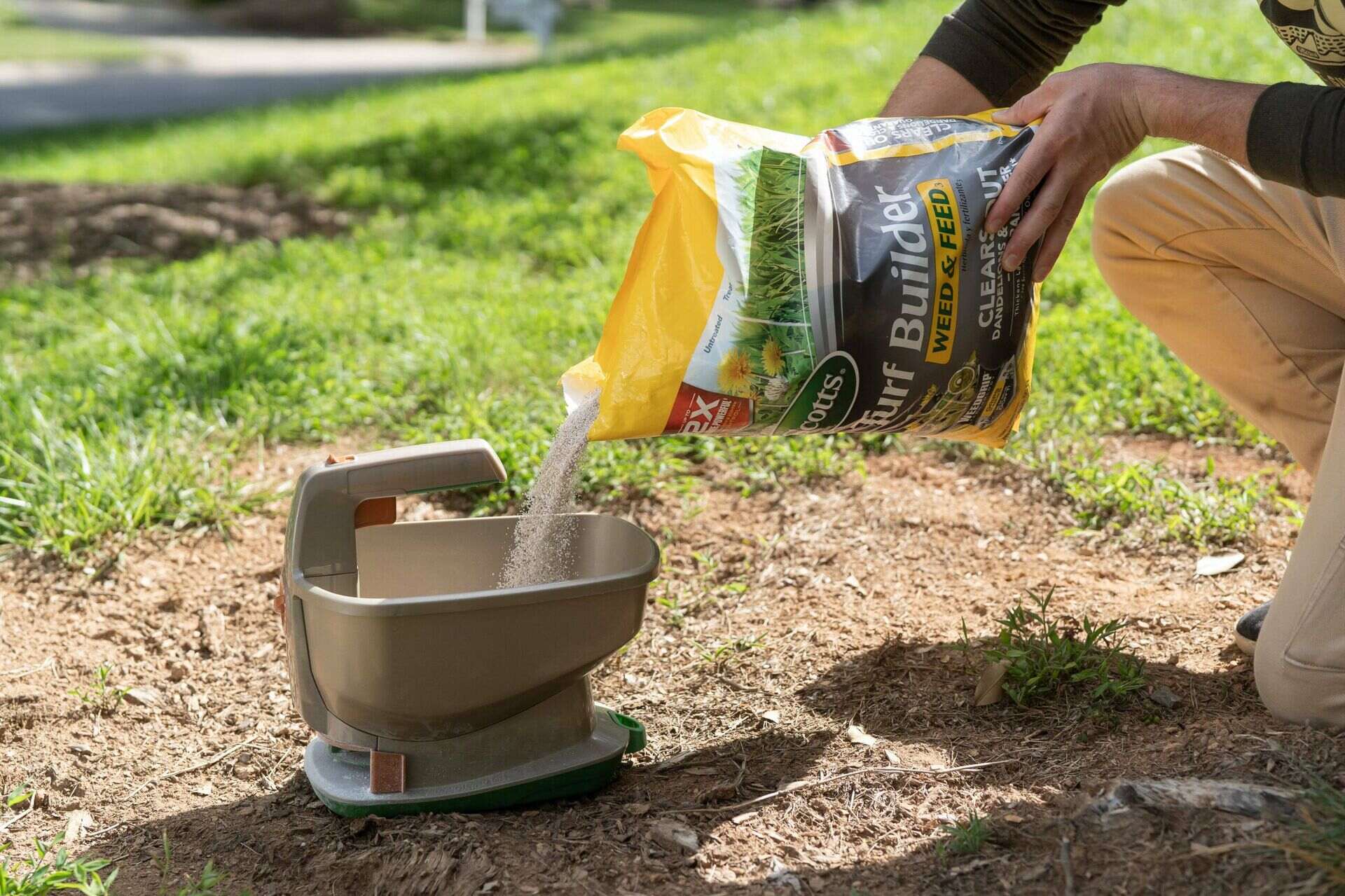
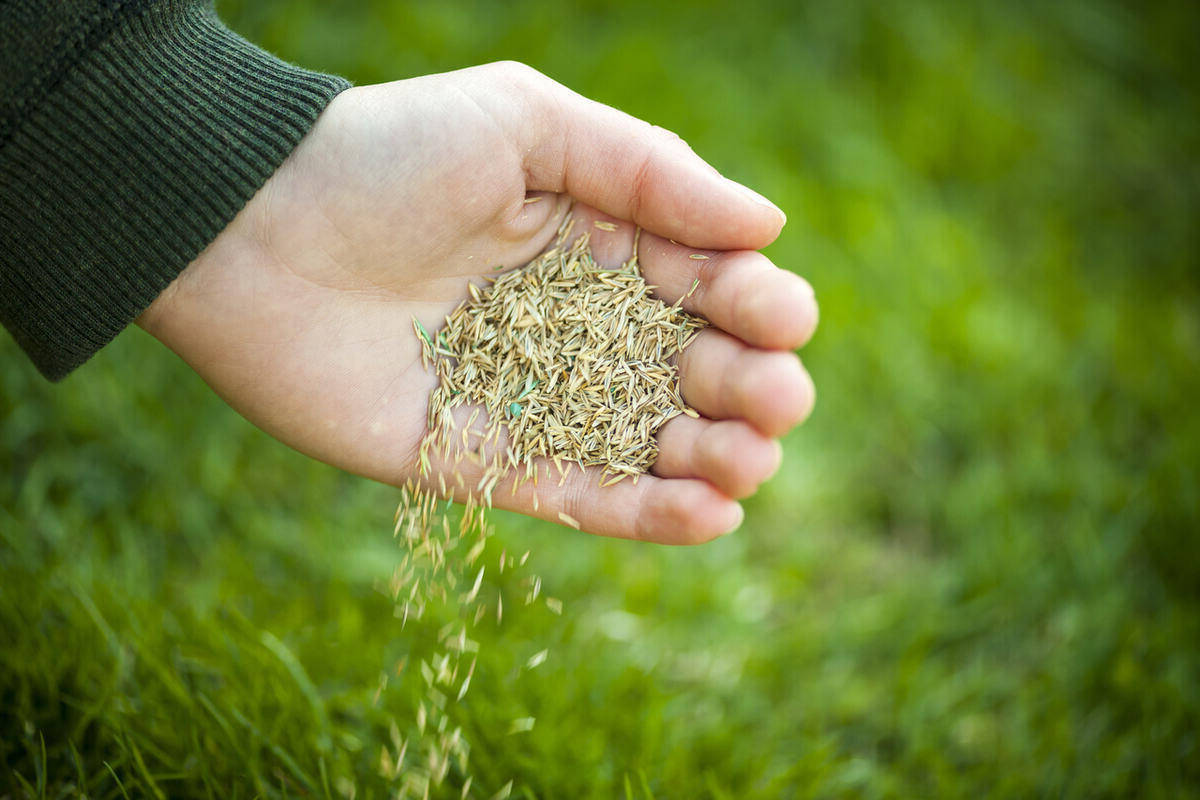
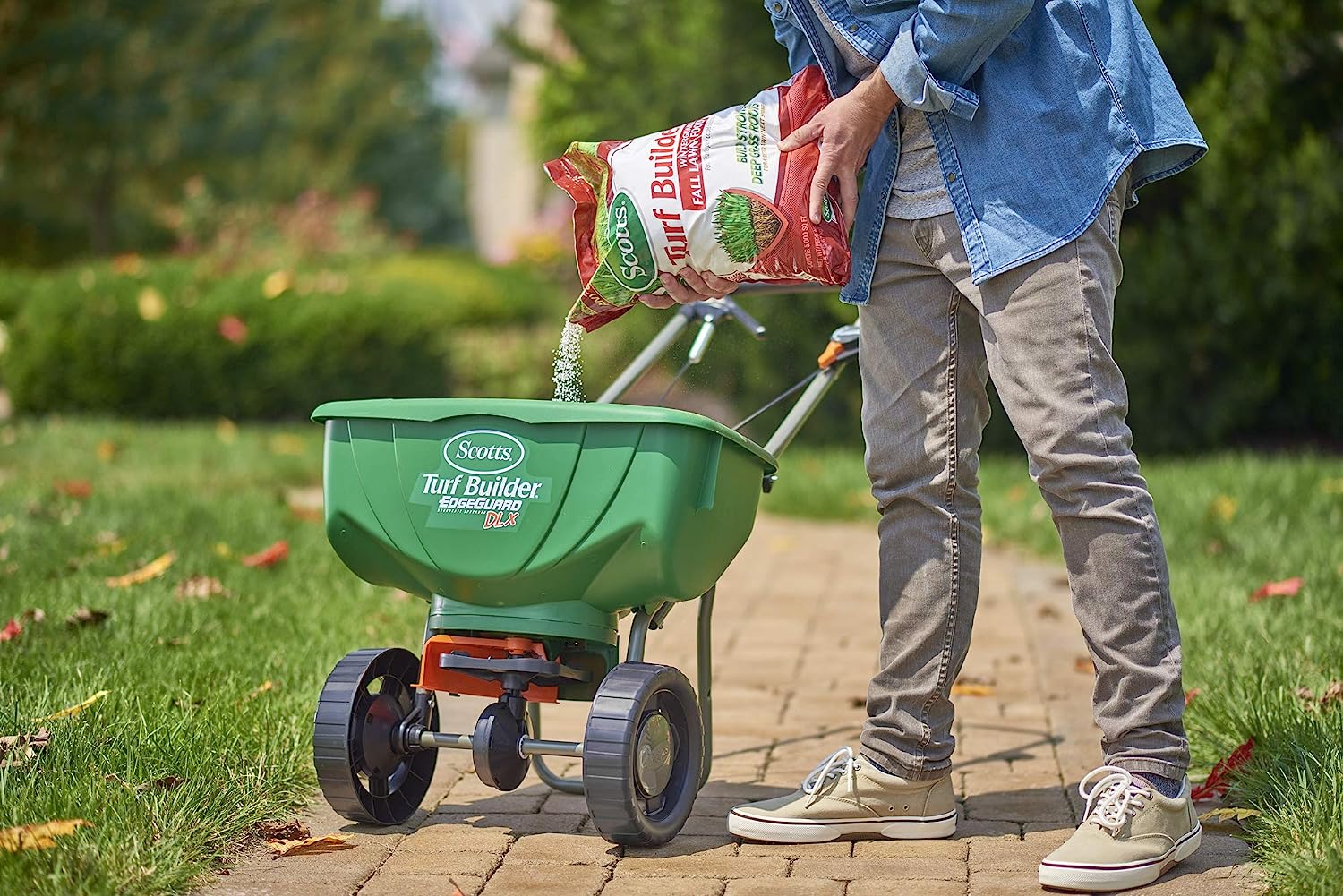
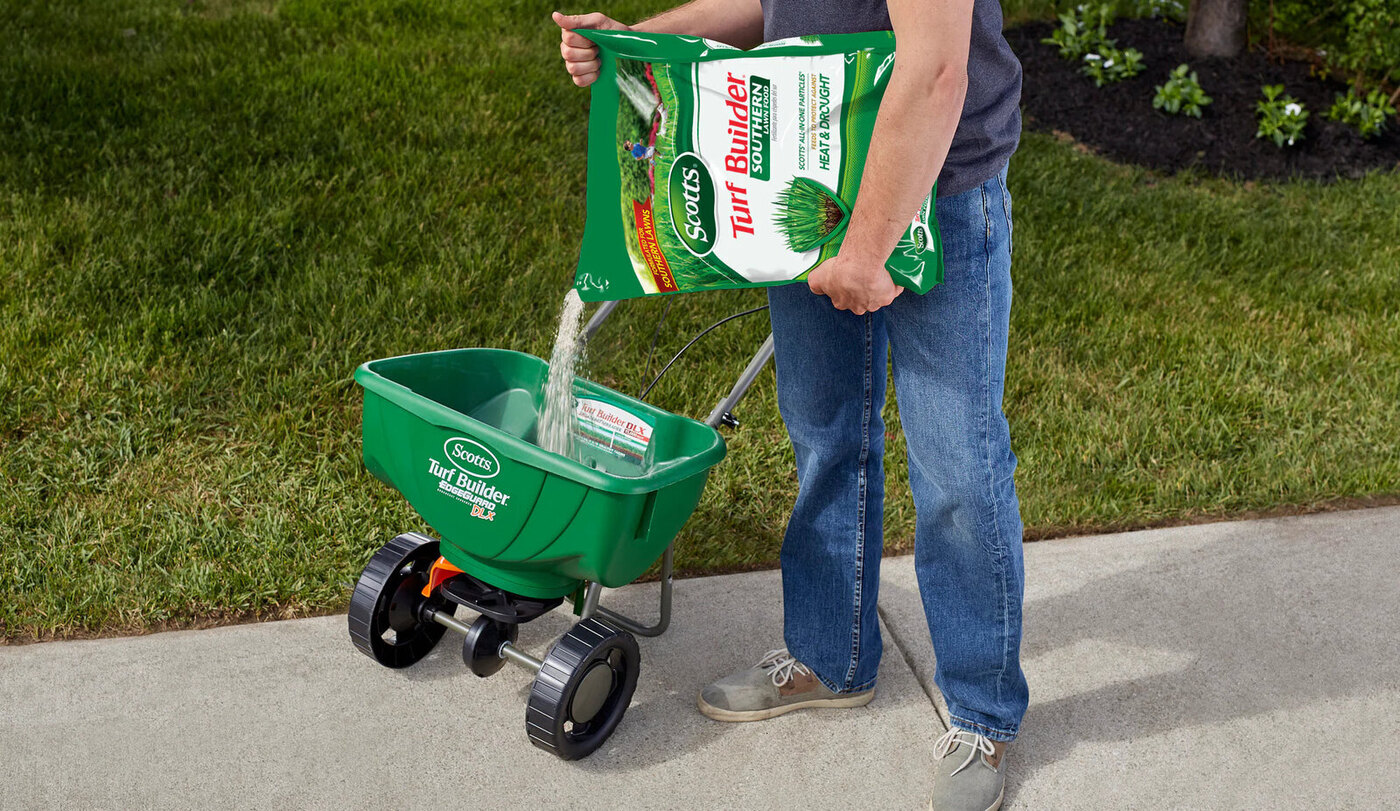
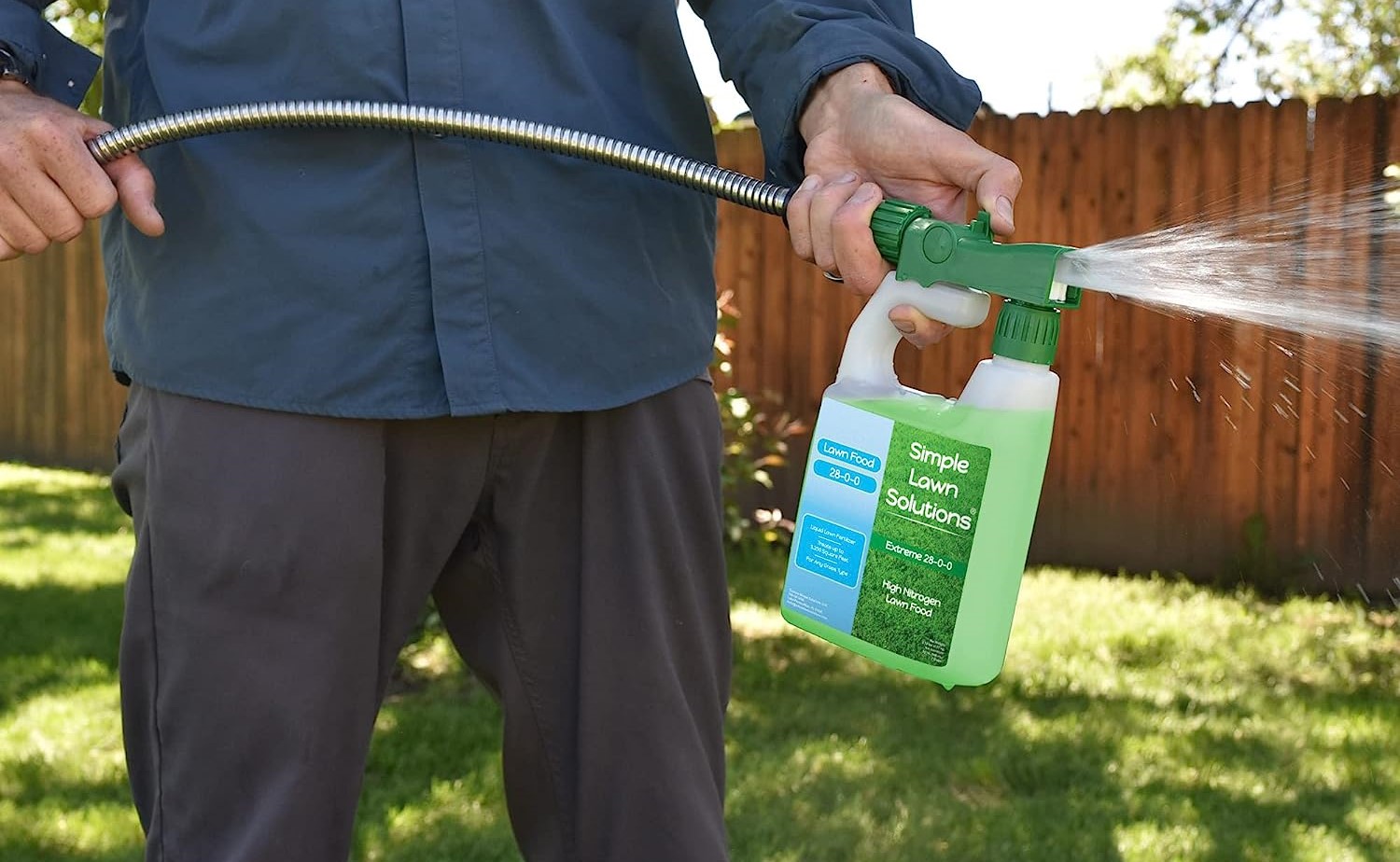
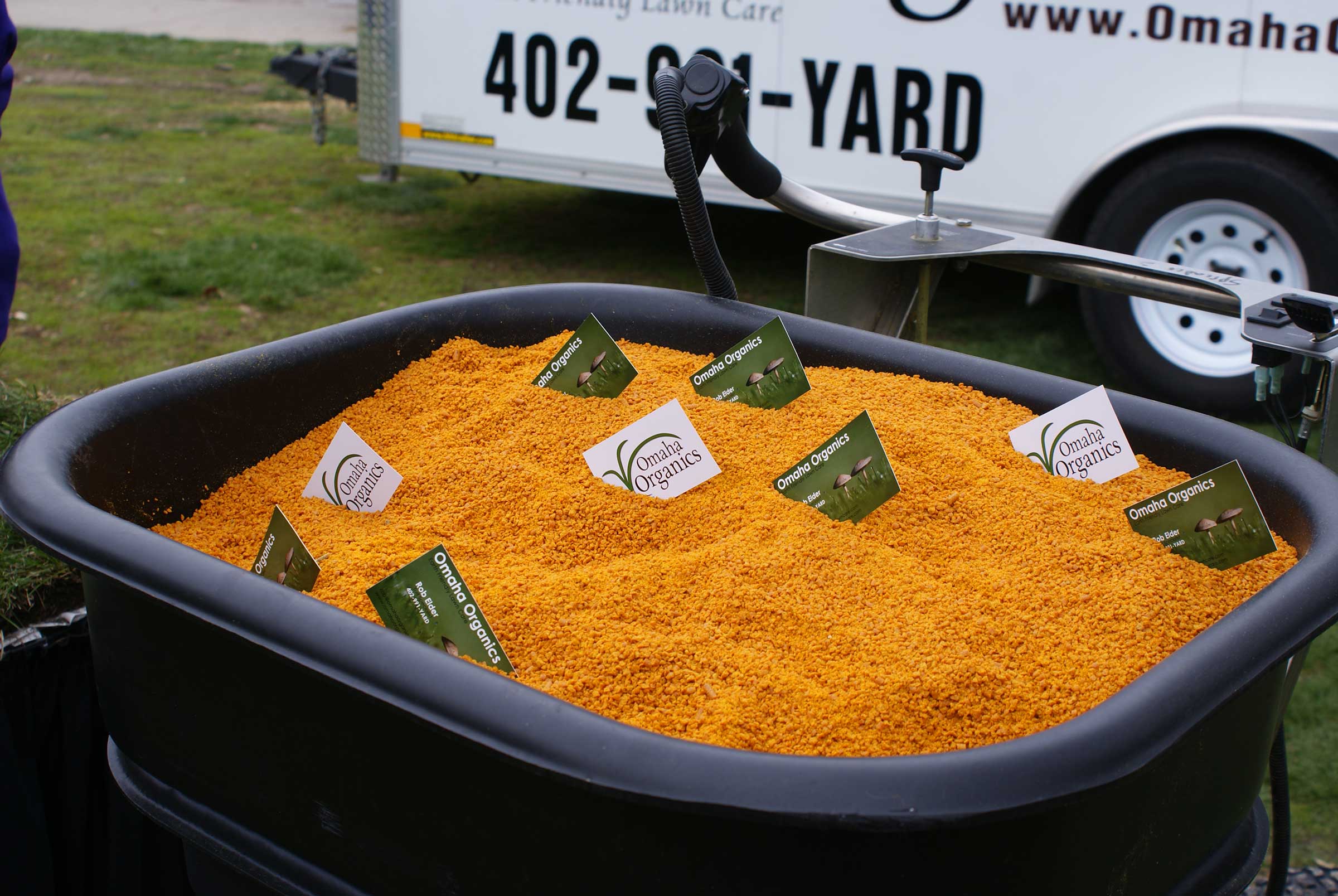
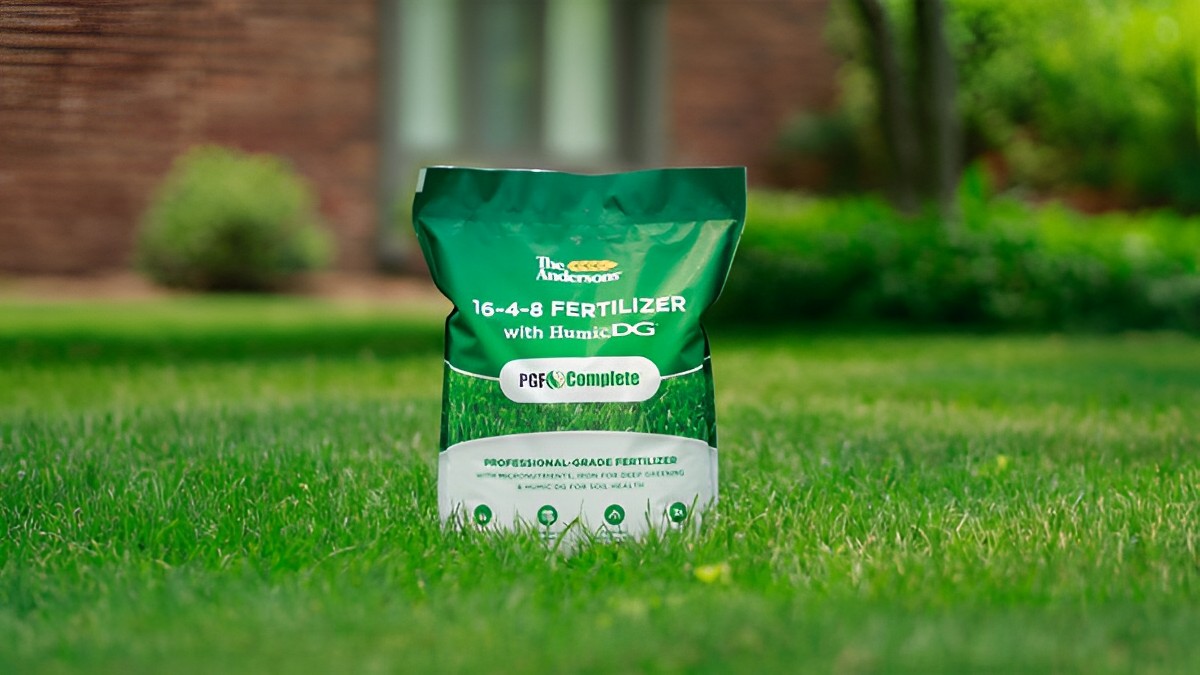
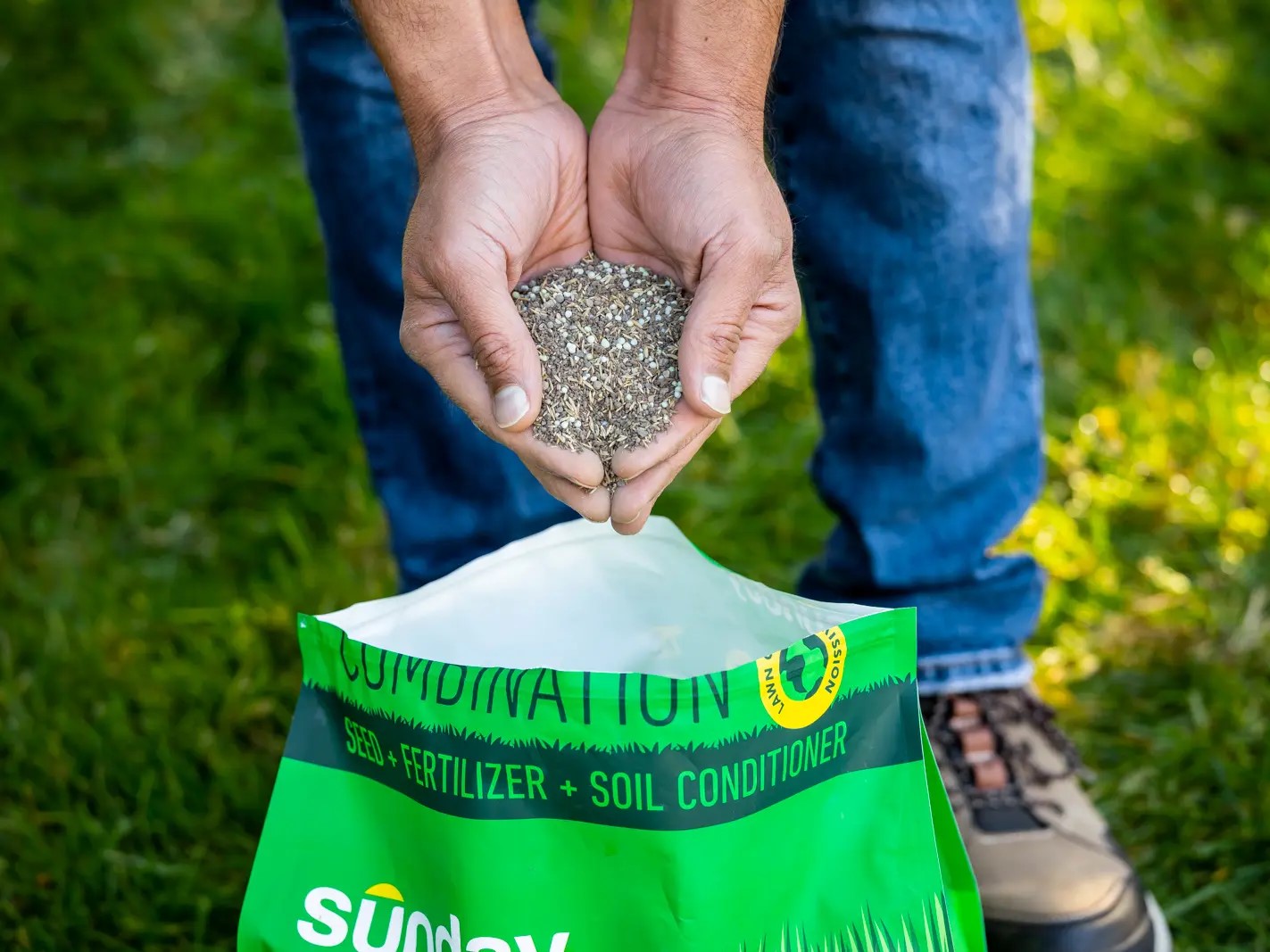
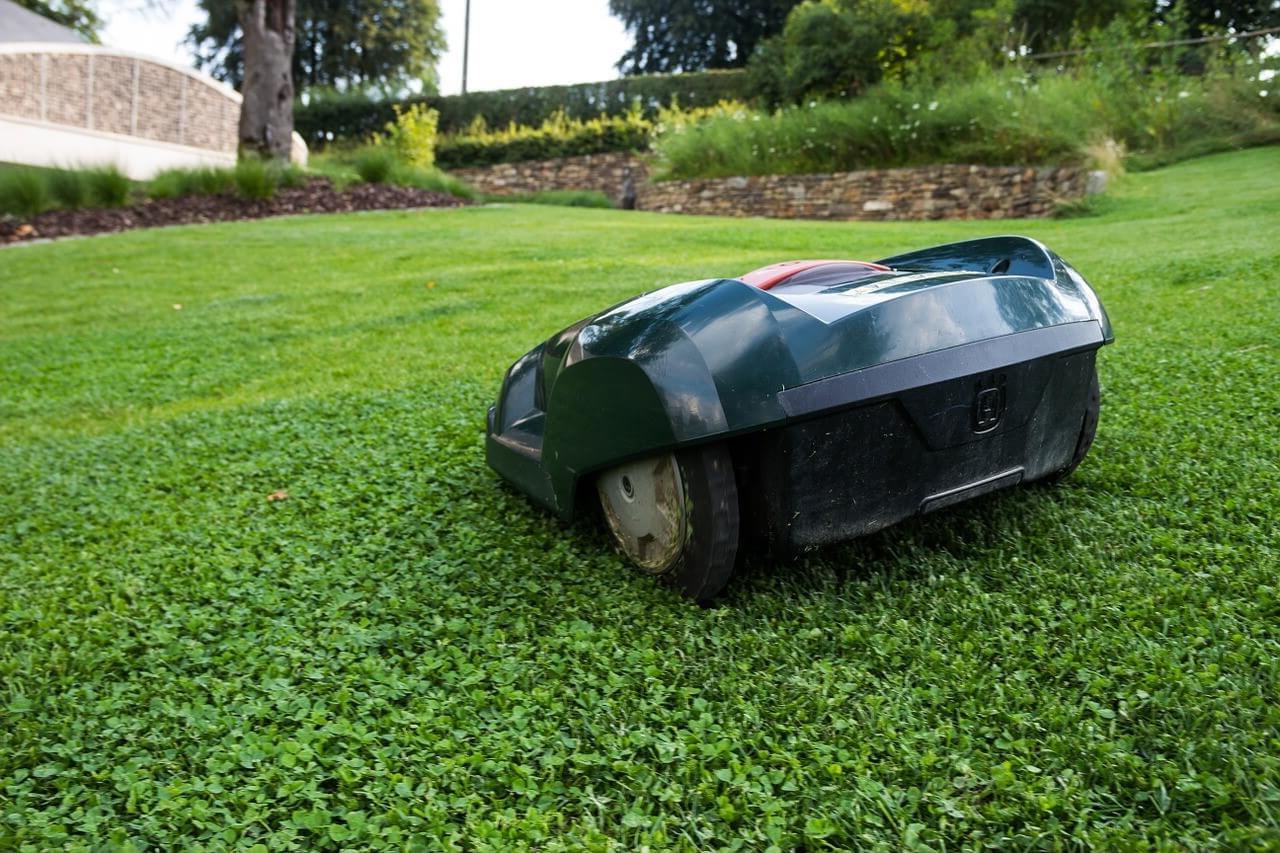
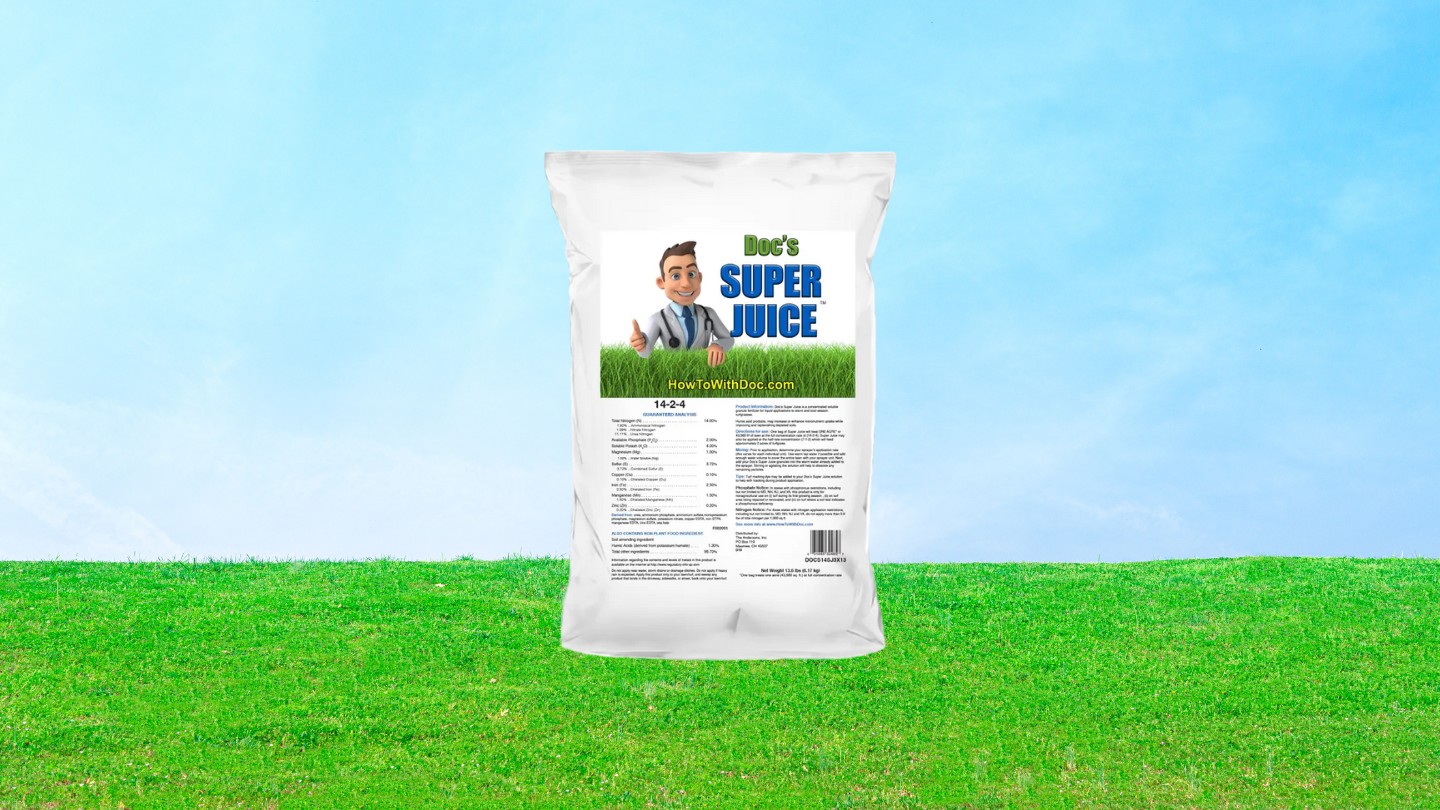
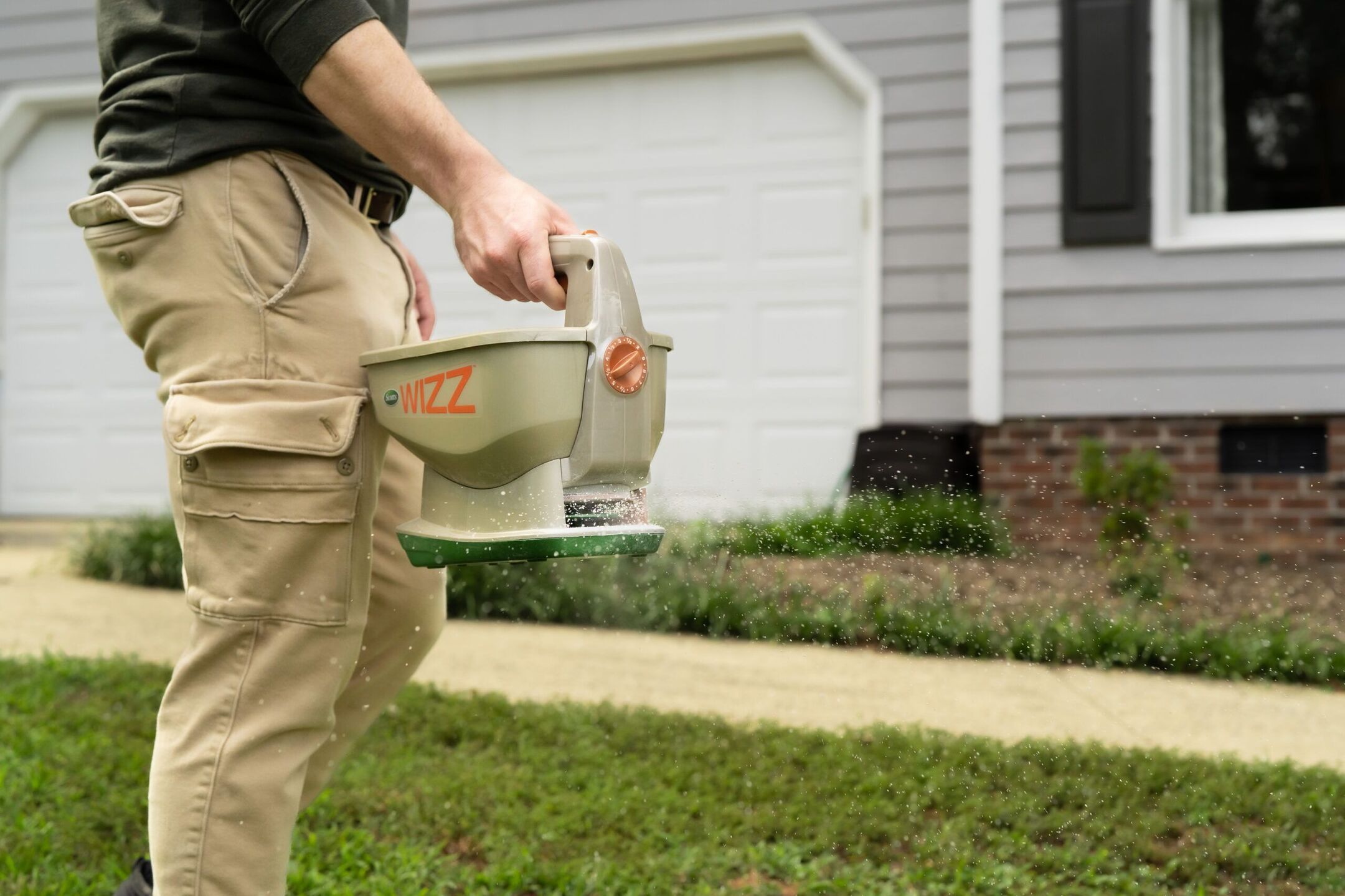
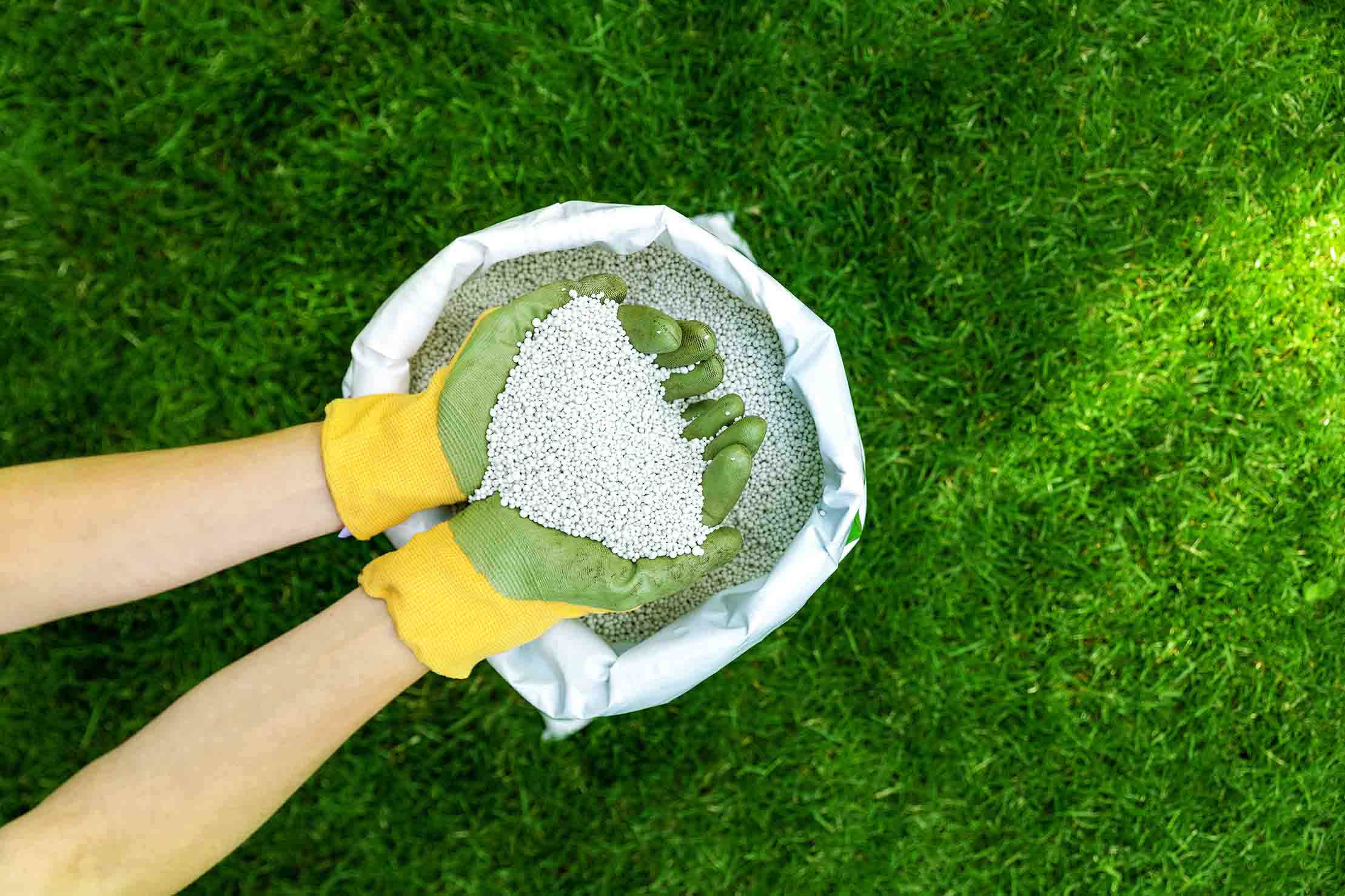
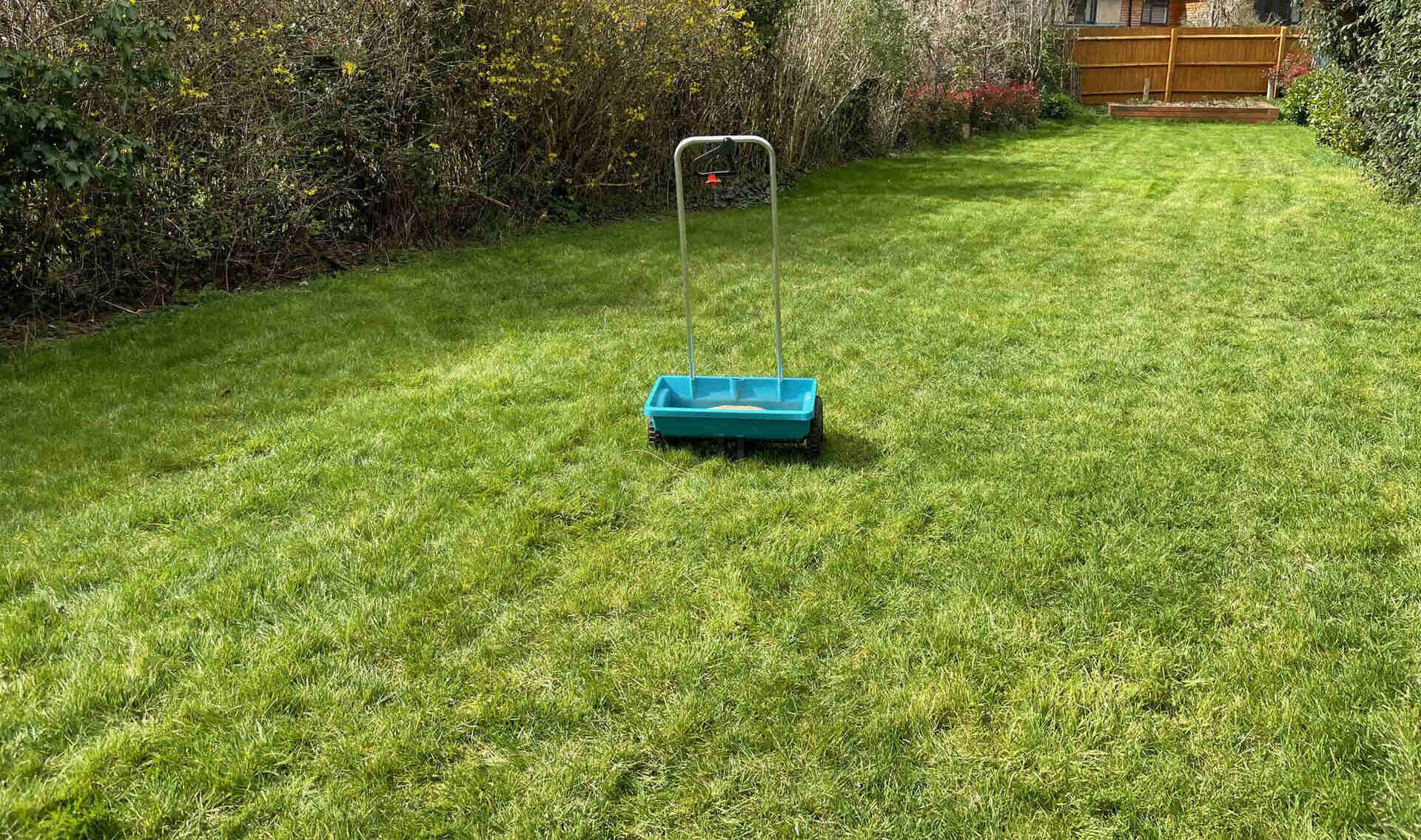
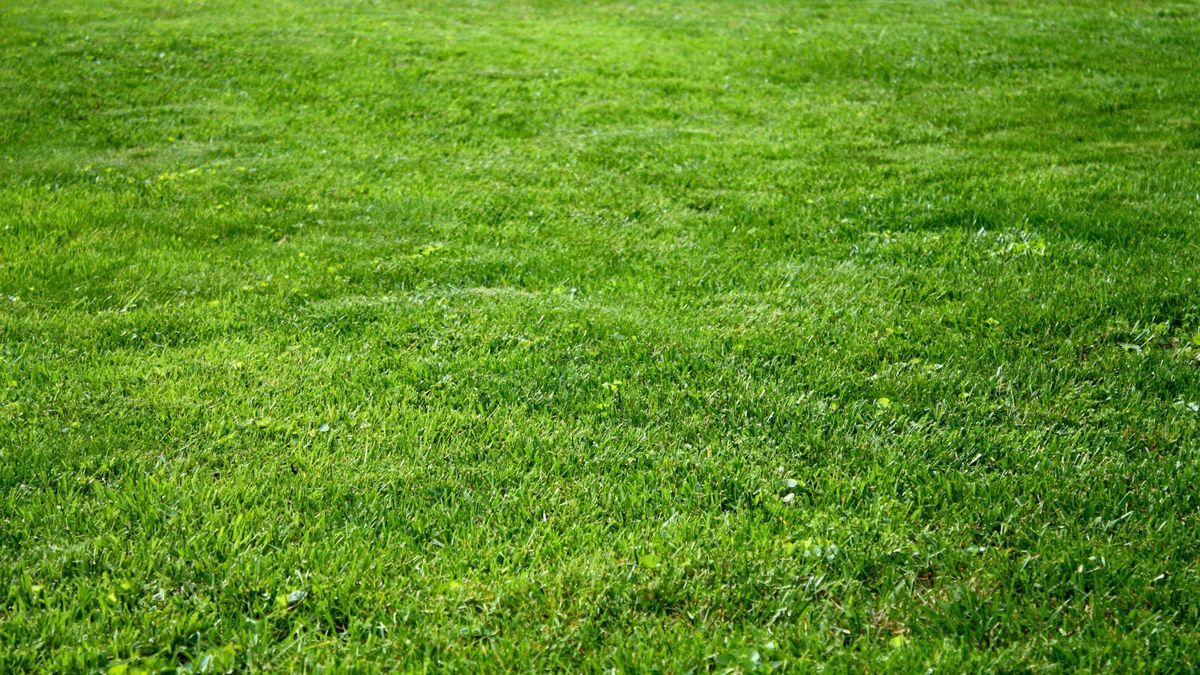

0 thoughts on “Lawn Care: When To Fertilize”